It seems like every time I turn on the television or open a newspaper, I’m hearing about one more food that fights cancer. This is certainly good news, but sometimes it can become a little bit overwhelming. You get to the grocery store and think, “Let’s see, am I supposed to be eating artichokes or avocados to prevent cancer?”
In reality, there are probably some foods that are better than others at preventing cancer, but you can make sure that you are getting the good vitamins, minerals and enzymes your body needs to stay in tip-top shape by eating a variety of healthy foods, especially in the produce aisle.
When you’re scanning the produce section for the healthiest fare, just make sure to fill your cart with all the different colors found in nature so that your body is getting the greatest variety of nutrients.
If (like me) you want something a little more concrete to take to the store with you Lucy Burney, author of Superfoods for Healthy Kids, has compiled a comprehensive list of the best of the best when it comes to fighting cancer:
Alfalfa sprouts Chicory Pumpkin Seeds
Almonds Evening Primrose Oil Quinoa
Apples Extra Virgin Olive Oil Salmon
Apricots Flaxseed and Flaxseed Oil Sesame Seeds
Asparagus Garlic Shitake Mushrooms
Beans Gingeroot Soy Milk
Beansprouts Green Tea Sunflower Seeds
Brazil Nuts Kale Sweet Potatoes
Broccoli Lentils Tofu
Brown Rice Lettuce Tomatoes
Brussels Sprout Mangoes Turmeric
Carrots Peas Pulses
Cauliflower
Make sure to incorporate a healthy variety of fruits, vegetables, legumes and whole grains into your diet. If you’re relying on just one or two of these foods to meet your nutritional requirements, you’re probably going to fall short, so mix it up. Throw a new fruit into the basket or try a new recipe, even if you don’t think you’ll like it.
And remember, while you’re taking the time and energy to prevent yourself from getting cancer, think about what you’re feeding your kids, as well. In addition to being great for preventing cancer risk in adults, these foods are superstars when it comes to growing babies into healthy grown-ups!
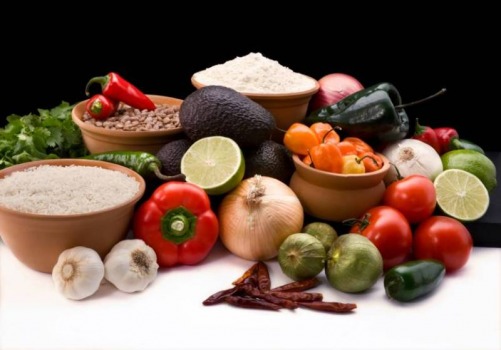

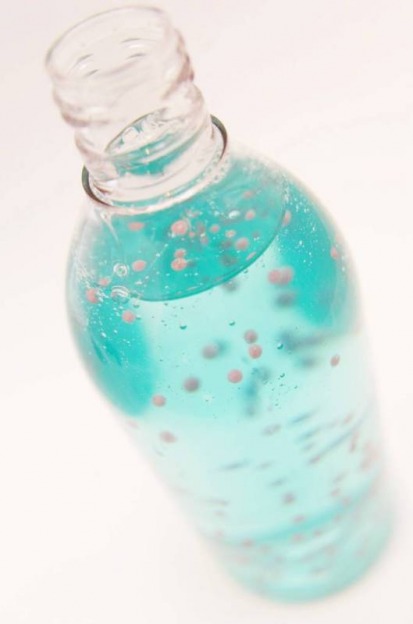

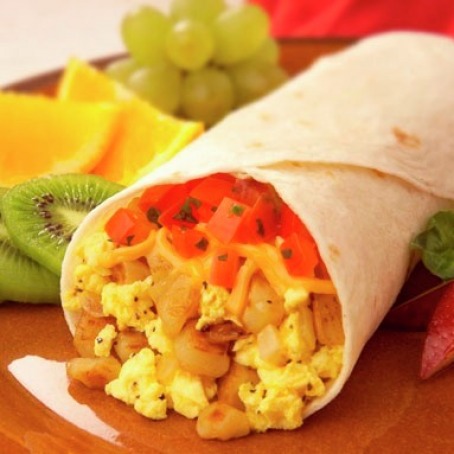
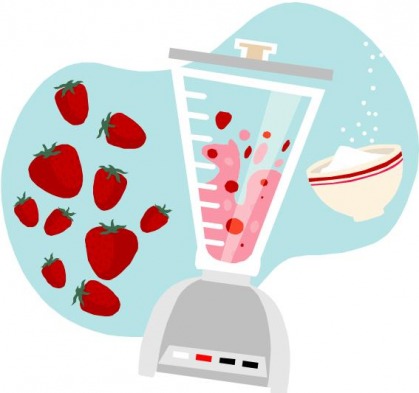



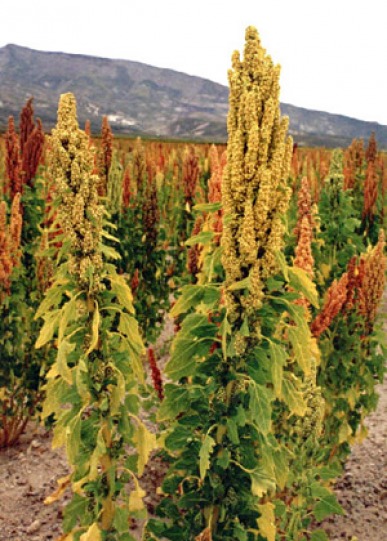
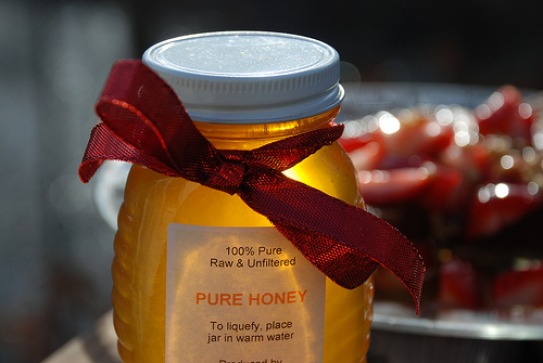
 RSS Feed
RSS Feed

